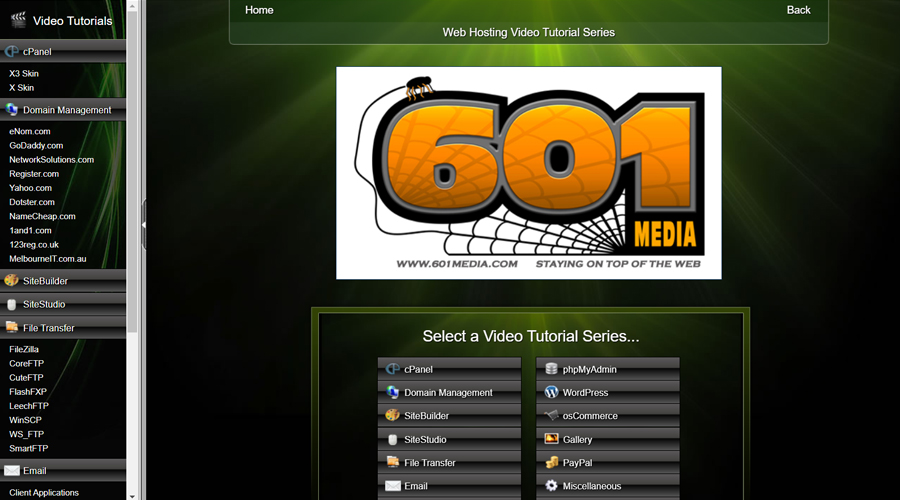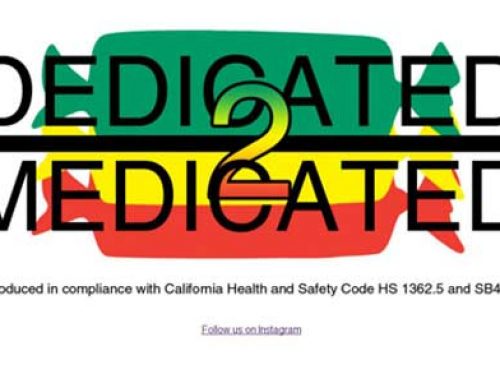The original video tutorials page contained flash content and is no longer available.
Flash Content and SEO: What You Need to Know
Flash content was once a popular way to create dynamic, interactive websites. However, with changes in technology and SEO best practices, flash content has become less popular and more challenging to optimize for search engines. In this article, we will explore what flash content is, why it may not be the best option for your website, and how to optimize it for search engines.
Table of Contents
- What is Flash Content?
- Why is Flash Content Not Recommended for SEO?
- How to Optimize Flash Content for SEO
- 3.1 Provide Alternative Content for Users and Search Engines
- 3.2 Optimize Metadata for Flash Content
- 3.3 Use Structured Data Markup for Flash Content
- Conclusion
- Sources
1. What is Flash Content?
Flash content is multimedia content created using Adobe Flash software. Flash content includes animations, videos, and interactive applications. Flash content was popular in the early days of the internet for creating visually appealing and interactive websites. However, with the rise of mobile devices and changes in SEO best practices, flash content has become less popular.
2. Why is Flash Content Not Recommended for SEO?
Flash content can cause problems for SEO. Here are some reasons why:
- Flash content is not mobile-friendly. Flash content is not supported by many mobile devices, which can result in a poor user experience for mobile users. As mobile traffic continues to grow, having a mobile-friendly website is essential for SEO.
- Flash content is not easily indexed by search engines. Search engines have difficulty indexing flash content, which can negatively impact your search rankings. If your flash content is not indexed, it will not appear in search engine results pages (SERPs).
- Flash content can be slow to load. Flash content can be slow to load, which can result in a high bounce rate. A high bounce rate can negatively impact your search rankings.
3. How to Optimize Flash Content for SEO
If you still want to use flash content on your website, here are some tips for optimizing it for search engines:
3.1 Provide Alternative Content for Users and Search Engines
One way to optimize flash content for search engines is to provide alternative content for users and search engines. This means providing text or HTML content that can be indexed by search engines and displayed to users who do not have flash installed.
3.2 Optimize Metadata for Flash Content
Optimizing metadata for flash content can help search engines understand the content on your website. This includes adding title tags, meta descriptions, and header tags to your flash content.
3.3 Use Structured Data Markup for Flash Content
Structured data markup can help search engines understand the content on your website, including flash content. Adding structured data markup to your flash content can help it appear in rich snippets in search engine results pages (SERPs).
4. Conclusion
In conclusion, flash content can negatively impact your SEO efforts. It is not mobile-friendly, is not easily indexed by search engines, and can be slow to load. If you still want to use flash content on your website, it is important to provide alternative content for users and search engines, optimize metadata for flash content, and use structured data markup.
5. Sources
- “Why Flash is Dead and What it Means for Your Website” by Constant Contact: https://blogs.constantcontact.com/why-flash-is-dead/
- “Flash and Search Engine Optimization (SEO)” by Bruce Clay, Inc.: https://www.bruceclay.com/blog/flash-and-seo/
- “SEO Best Practices for Adobe Flash” by BrightEdge: https://www.brightedge.com








